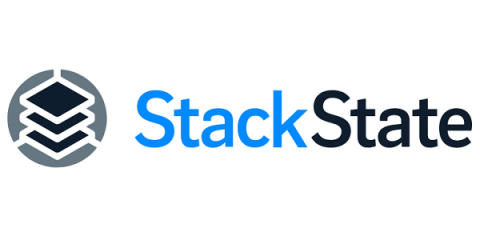Balancing Centralization and Autonomy: The Key to Automation at Scale
The recent global outage reminds us that identifying issues and their impact radius is just the first part of a lengthy process to remediation. Incidents are inevitable; how we prepare for and learn from them is what sets teams up to respond more effectively next time. As we saw from the remediation steps taken by enterprises around the world, implementing a known fix across a large number of environments that are potentially managed by a number of distributed teams can be a gargantuan challenge.











